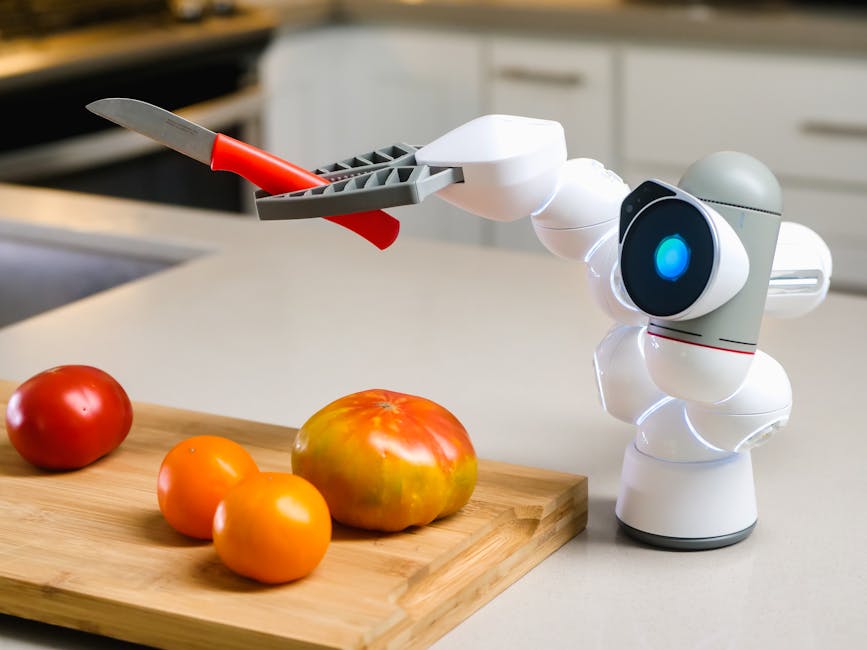Kitchen knives are the cornerstone of every healthy cook’s kitchen, forming the foundation for effective knife skills and efficient meal preparation. Whether you’re just starting your culinary journey or looking to refine your cooking basics, understanding which essential cutlery to own—and how to use them—will elevate your experience and help you create nutritious meals with confidence.
The Chef’s Knife: The Heart of Essential Cutlery
The chef’s knife is widely regarded as the most indispensable tool in any kitchen. With its broad, slightly curved blade—typically around eight inches long—the chef’s knife is designed for versatility and efficiency. This knife is used for approximately 80% of all cutting tasks, making it the backbone of everyday meal prep. From dicing onions and mincing herbs to slicing proteins and crushing garlic, the chef’s knife’s ergonomic design allows for a comfortable rocking motion, enabling smooth, precise cuts with minimal effort.
For healthy cooks, a sharp, high-quality chef’s knife streamlines the process of preparing fresh vegetables, fruits, and lean proteins, supporting a diet focused on whole, minimally processed foods. Investing in a chef’s knife that feels balanced in your hand is crucial; it should inspire confidence and reduce fatigue, especially during longer cooking sessions. Proper care—regular honing and occasional sharpening—will keep your chef’s knife performing at its best, ensuring clean cuts that preserve the integrity and nutrition of your ingredients.
Paring Knife: Precision for Small Tasks
While the chef’s knife handles most kitchen duties, the paring knife excels at tasks requiring control and finesse. With a small, pointed blade (typically 3 to 4 inches), the paring knife is perfect for peeling, trimming, and intricate work like deveining shrimp or hulling strawberries. Its compact size offers exceptional maneuverability, making it ideal for preparing garnishes or working with delicate produce.
Healthy cooks often rely on the paring knife for prepping fruits and vegetables, allowing for precise removal of peels, seeds, and imperfections without wasting edible portions. This knife’s versatility extends to segmenting citrus, mincing garlic, or creating decorative cuts for salads and snacks. As with all essential cutlery, choosing a paring knife with a comfortable handle and a sharp, sturdy blade enhances both safety and efficiency in the kitchen.
Serrated Knife: Mastering Bread and Delicate Produce
The serrated knife, easily recognized by its saw-like edge, is a must-have for slicing through foods with tough exteriors and soft interiors—think crusty whole-grain bread, ripe tomatoes, and delicate cakes. Unlike straight-edged knives, the serrated blade grips and cuts without crushing, preserving the texture and appearance of your ingredients.
For those focused on healthy eating, a serrated knife is invaluable for preparing sandwiches with fresh, hearty breads, or for slicing through fibrous vegetables like eggplant and squash. It’s also the go-to tool for portioning citrus fruits and even tackling softer items like avocados. Keeping your serrated knife sharp can be challenging, but with proper use and occasional professional sharpening, it will remain a reliable part of your essential cutlery collection.
Specialty Knives: Expanding Your Culinary Toolbox
While the chef’s, paring, and serrated knives form the core of essential kitchen knives, healthy cooks may benefit from a few additional specialty knives as their skills advance. A boning knife, with its narrow, flexible blade, is ideal for removing bones from poultry or fish, ensuring lean, protein-rich meals. A santoku knife, popular in Japanese cuisine, offers a shorter, straighter blade for precise slicing and dicing of vegetables.
For those who frequently prepare plant-based dishes, a nakiri knife’s straight edge excels at chopping and push-cutting vegetables. Meanwhile, a utility or petty knife bridges the gap between paring and chef’s knives, handling mid-sized tasks with ease. While not essential for beginners, these specialty knives can enhance your efficiency and enjoyment in the kitchen as you explore new recipes and techniques.
Knife Skills for Healthy Cooking: Safety and Maintenance
Owning the right kitchen knives is only part of the equation; developing proper knife skills is equally important for healthy, efficient cooking. Start by learning the correct grip: pinch the blade just in front of the handle with your thumb and forefinger, wrapping your remaining fingers around the handle. This grip offers superior control and reduces the risk of accidents.
Always use a stable cutting board, and keep your knives sharp—dull blades are more dangerous, as they require more force and can slip. Practice basic cuts such as the slice, chop, and dice, focusing on even, consistent pieces to ensure uniform cooking. Regularly hone your blades to maintain their edge, and wash knives by hand to preserve their quality. Proper storage, such as in a knife block or on a magnetic strip, prevents damage and keeps your essential cutlery within easy reach.
By mastering knife skills and maintaining your essential kitchen knives, you’ll not only improve your efficiency but also enhance the nutritional quality and presentation of your meals—key components of a healthy lifestyle.

